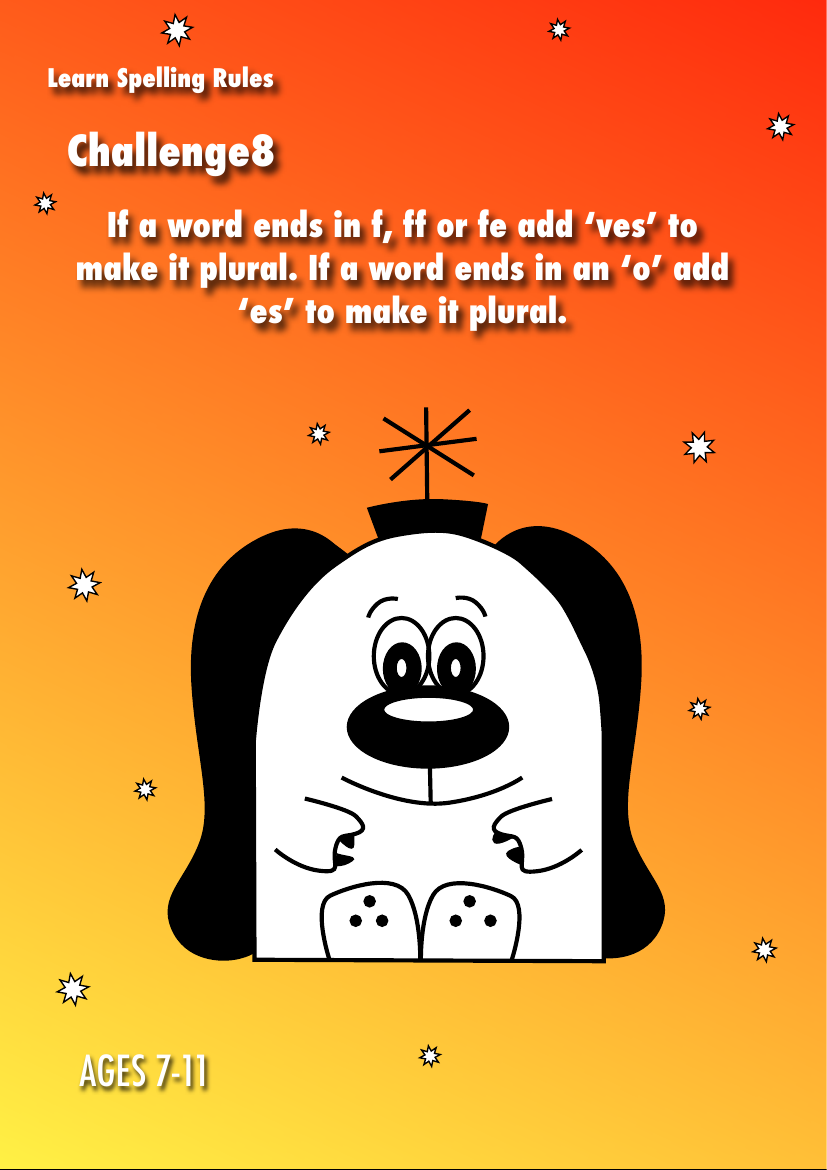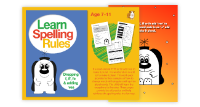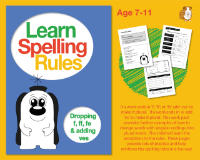Learn Spelling Rules: Forming Plurals By Dropping 'f', 'ff', 'fe' And Adding 'ves' - Activity Pack

English Resource Description
An Activity Pack aimed at children aged 7 to 11 introduces spelling rule number eight, which is about forming plurals in English. This rule explains that when a word ends in 'f', 'ff', or 'fe', one should add 'ves' to make it plural, as in the transformation from 'leaf' to 'leaves' or 'calf' to 'calves'. However, there are exceptions to this rule, such as 'hoof', which can be pluralised as 'hoofs' or 'hooves'. Additionally, when a word concludes with an 'o', typically 'es' is appended to form the plural, exemplified by 'tomato' becoming 'tomatoes' or 'volcano' to 'volcanoes'. The pack also covers other pluralisation rules, including adding 's' to words ending in a vowel and 'y', changing 'y' to 'ies' for words ending in a consonant and 'y', and adding 'es' to words ending in 'ch', 'sh', 'ss', 's', or 'x'. It is important to note that some words have irregular plurals and others remain unchanged in their plural form.
The pack further expands on word formation by explaining how to create comparative and superlative adjectives, as well as adverbs, by modifying root words. For example, dropping the 'y' and adding 'ier' or 'iest' for comparatives and superlatives, or adding 'ily' for adverbs. Moreover, it demonstrates how to form nouns and adjectives by adding suffixes like 'ness', 'ly', and 'able' to root words. The pack encourages learners to engage with these rules through a test, inviting them to apply their understanding to sort adjectives into their comparative and superlative forms and to explore additional examples of irregular word formations, such as 'good' to 'better' to 'best', and 'beautiful' to 'more beautiful' to 'most beautiful'. This comprehensive approach to learning plurals and other aspects of word formation aims to solidify students' grasp of English spelling rules.


